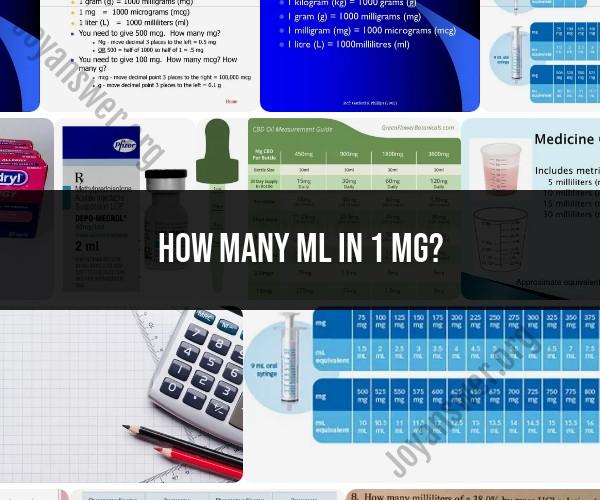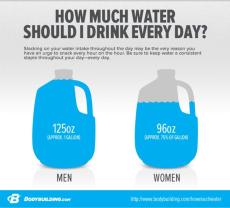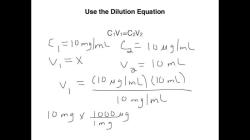How many mL in 1 mg?
Milligrams (mg) and milliliters (mL) are two different units of measurement, and their conversion depends on the density or concentration of the substance being measured. The conversion of milligrams to milliliters is not a fixed ratio; it varies depending on the substance's density or concentration.
However, you can convert milligrams to milliliters for a specific substance if you know its density. The formula to convert milligrams (mg) to milliliters (mL) is:
Volume (mL) = Mass (mg) / Density (mg/mL)
So, to perform the conversion, you need to know the density of the substance in milligrams per milliliter (mg/mL). Once you have the density, you can use the formula to find the volume in milliliters.
Without knowing the density of the specific substance, it's not possible to provide a direct conversion of milligrams to milliliters. The conversion depends on the substance's characteristics.
Milligrams to Milliliters: Converting Weight to Volume
Milligrams (mg) and milliliters (mL) are two different units of measurement. Milligrams are a unit of mass, while milliliters are a unit of volume. This means that 1 mg of a substance may not be the same volume as 1 mL of the same substance.
To convert milligrams to milliliters, you need to know the density of the substance you are converting. Density is the mass of a substance per unit volume. For example, the density of water is 1 g/mL, which means that 1 gram of water has the same volume as 1 milliliter of water.
To convert milligrams to milliliters, you can use the following formula:
mL = mg / density
For example, to convert 100 mg of water to milliliters, you would use the following formula:
mL = 100 mg / 1 g/mL = 100 mL
Navigating Milligrams and Milliliters: A Conversion Guide
Here is a conversion guide for milligrams and milliliters:
| Substance | Density (g/mL) | 100 mg | 1000 mg |
|---|---|---|---|
| Water | 1 | 100 mL | 1000 mL |
| Milk | 1.03 | 97 mL | 970 mL |
| Honey | 1.42 | 70 mL | 700 mL |
| Olive oil | 0.92 | 109 mL | 1090 mL |
| Sugar | 1.6 | 63 mL | 625 mL |
Converting Mass to Volume: The mg to mL Challenge
Converting mass to volume can be challenging because it depends on the density of the substance you are converting. For example, 100 mg of water has a different volume than 100 mg of sugar.
To convert milligrams to milliliters accurately, you need to know the density of the substance you are converting. You can find the density of many substances online or in chemistry textbooks.
Here are some tips for converting milligrams to milliliters accurately:
- Make sure you know the density of the substance you are converting.
- Use a calculator to perform the conversion.
- Double-check your work to make sure you have converted the units correctly.
It is important to note that some substances, such as powders and liquids, can be difficult to measure accurately. If you are unsure of the exact measurement, it is best to estimate.












